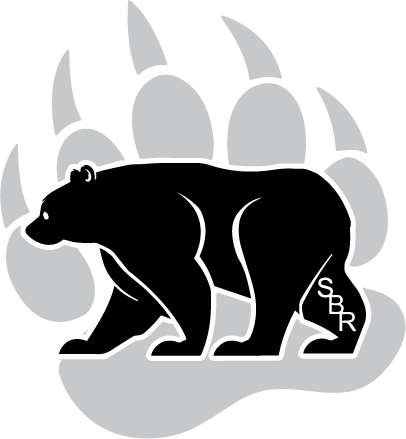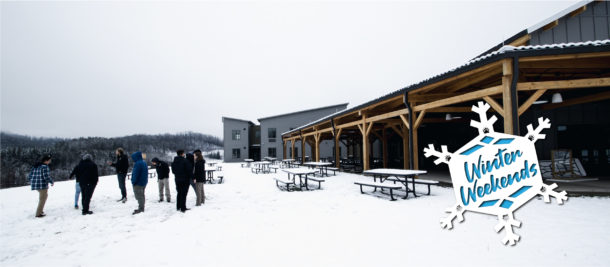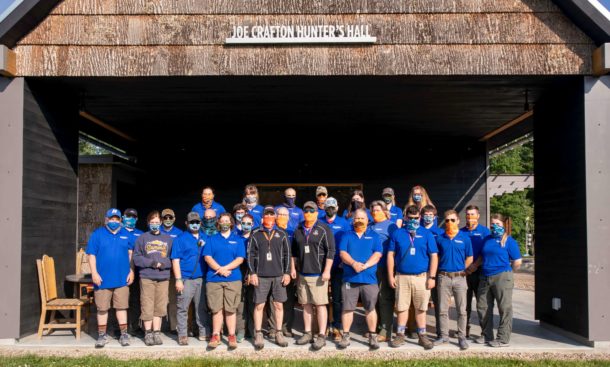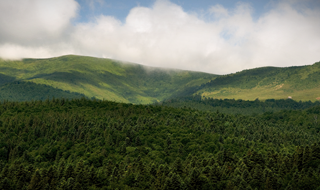
Seeding has begun at the Summit Bechtel Reserve. Throughout the summer of 2011, grass and plant seed will be put down to cover hundreds of acres of land at the Summit. Trinity Works, the development company building the Summit, has teamed up with Andropogon, a landscape architecture and ecological planning and design firm, to seed the Summit.
Andropogon designed the aesthetic vision for the Summit and developed three seed mixes for different areas, then handed it over to Trinity Works to continue with the seeding process.
You don’t want to pitch your tent on mud and rocks or stand in a pool of water during the arena show, right? Well, there is actually a science to picking the best plants to grow so you don’t have to.
Surveying The Summit
Andropogon visited the Summit in order to survey the land and the soil. They tested the soil in different areas and discovered that the soil pH was very acidic, which is poor for most plants. This is most likely due to the Summit being an old mining site. Andropogon chose non-traditional plants that would work well with the acidity of the soil to avoid having to raise the pH level of the soil.
Selecting The Seed Mixes
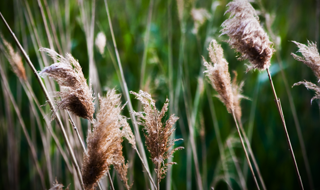

Once each area was tested and surveyed, Andropogon developed 3 seed mixes; one for tent areas, one for swales and another for steep slopes.
Each seed mix contains 3 main components including native grasses, cover crops and wildflowers. The tent area mix is suited to handle high foot traffic. The swale mix will work well with wet, marshy areas and the steep slope mix will be able to handle drought conditions.
Some of the common grasses and plants you will see at the Summit include fescue, milkweed and wild rye among many others.
Including Native Plant Species
One of the most important aspects of choosing plant species to be used at the Summit is that they are native species to West Virginia and the immediate area.
[pullquote]“Native species have lived in this environment, so we know they will be successful.” — Emily McCoy, Landscape Architectural Designer at Andropogon[/pullquote]
Emily McCoy, landscape architect at Andropogon, said that they “use as many native species as possible to add to the biodiversity of the habitat and the site.” She ensured that no invasive or aggressive species that could pose a problem down the road were included in the seed mixes.
“Native species have lived in this environment, so we know they will be successful,” McCoy said.
Now that the seed mixes have been developed, Trinity Works will begin laying the seed down at the Summit. Soon, the Summit will begin to look less like a construction zone and more like an adventure destination.
Wonder how to seed hundreds of acres of land? Stay tuned for a look into the seeding and planting process at the Summit. Also, tell us your thoughts on seeding the Summit in the comments.

